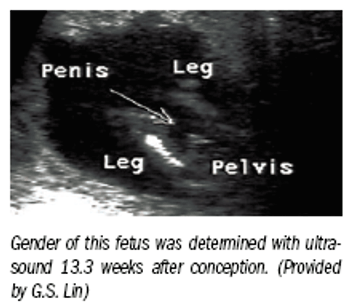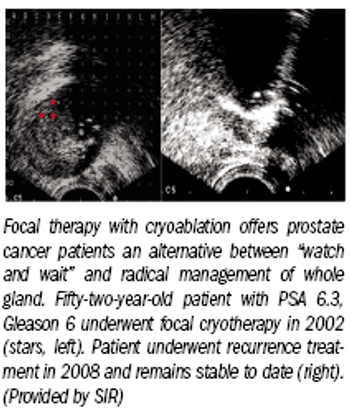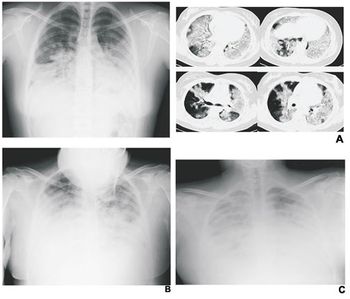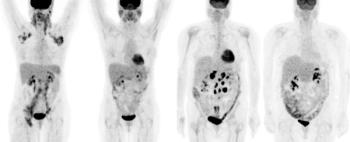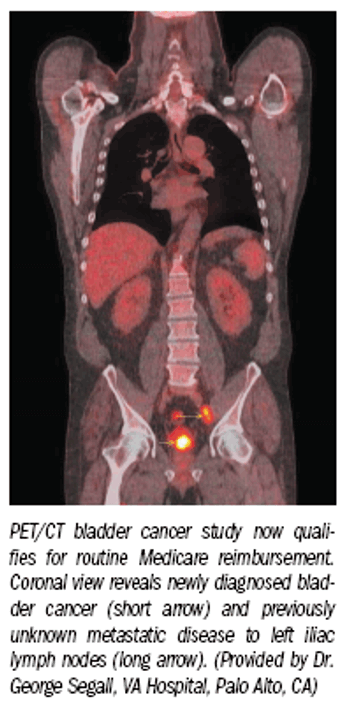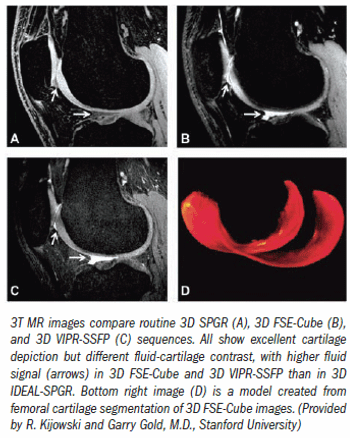
Cancer survivors and others with chronic conditions, backed by patient advocacy groups, gathered on Capitol Hill in Washington, DC, Wednesday to protest proposed imaging services reimbursement cuts they fear will reduce access to essential diagnostic imaging services, particularly in rural communities.

